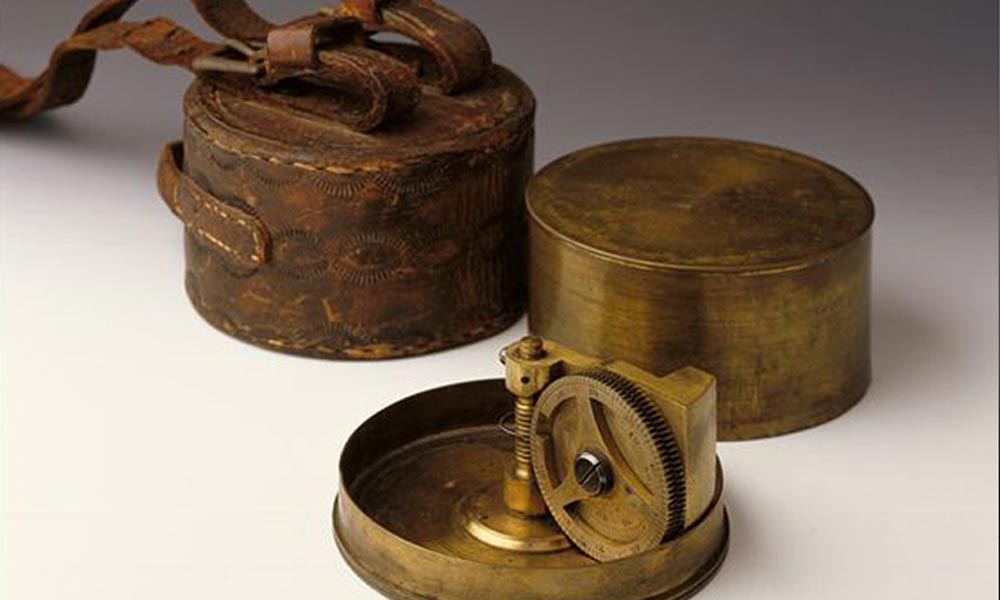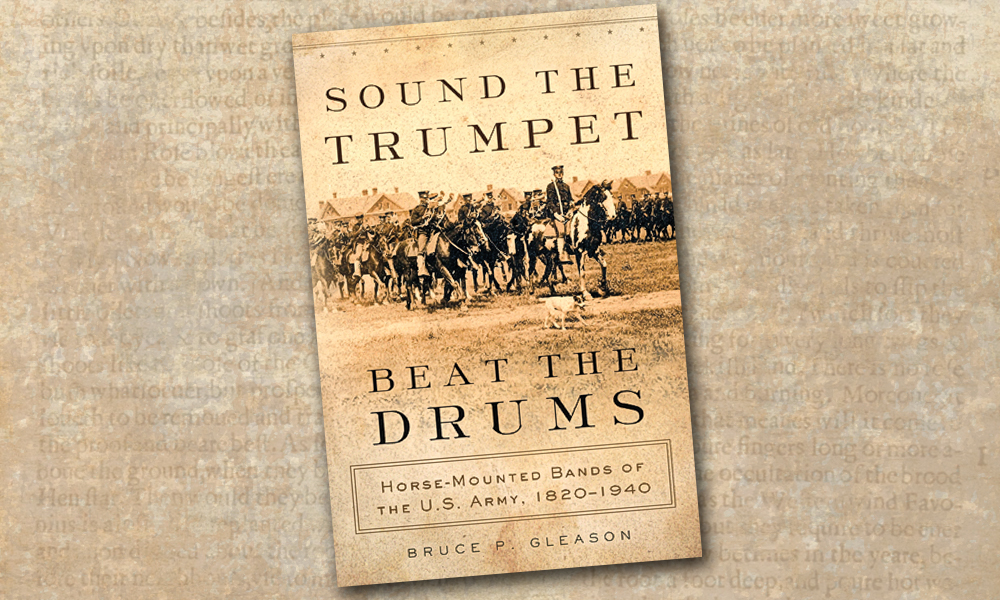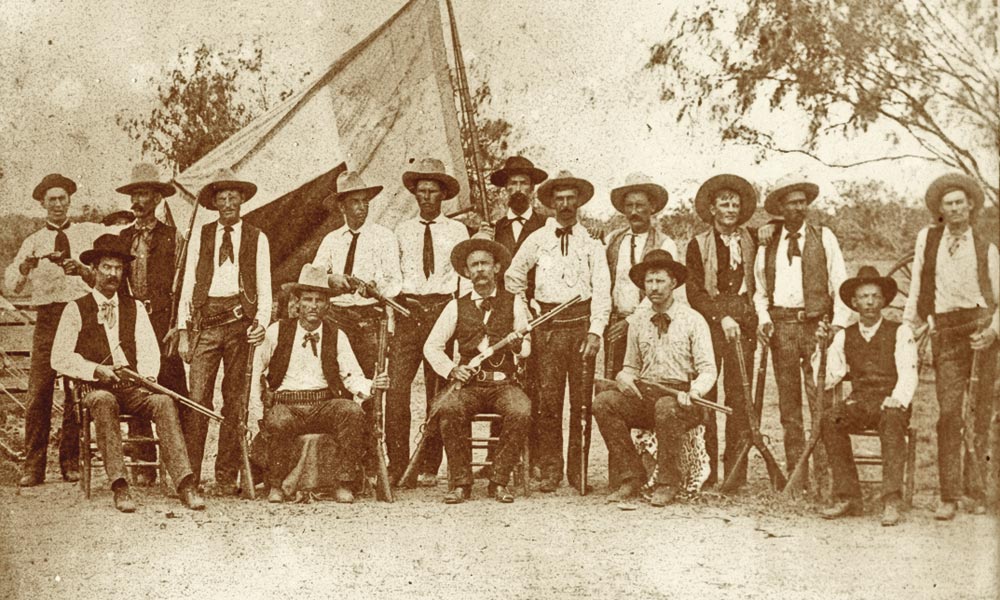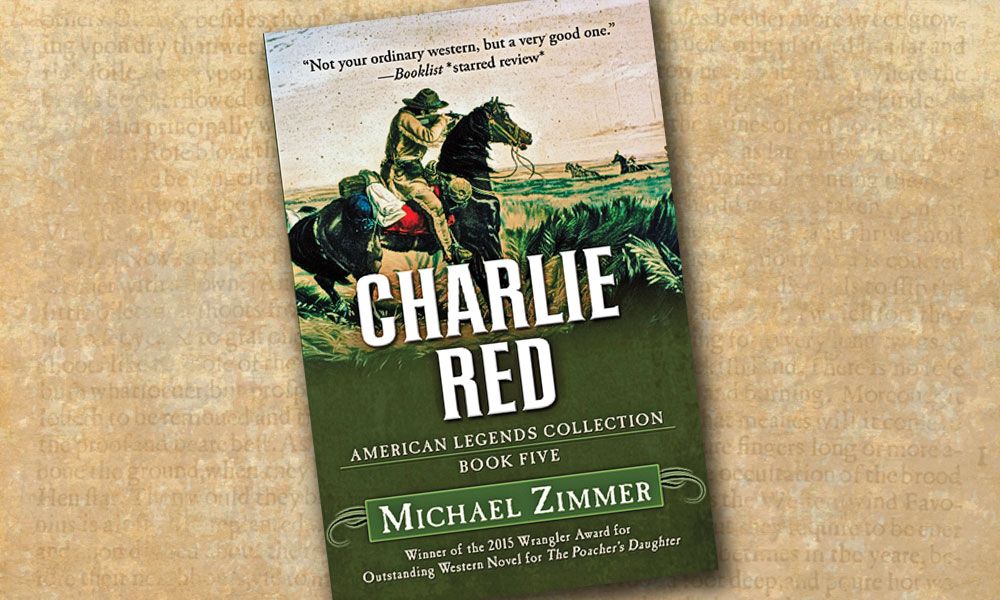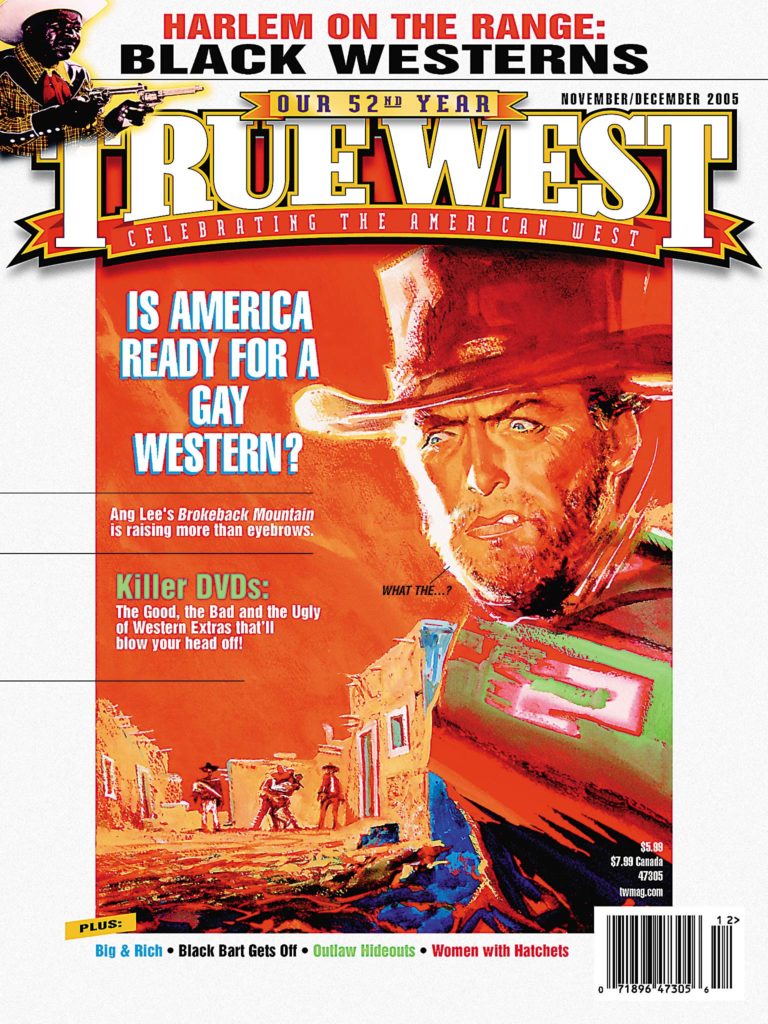
In a diary from an emigrant crossing to the California gold fields in 1849. “Life on the Plains and at the Diggins,” by Alonzo Delano. He is very specific about distances travelled each day and about distances reported to them by other travelers. “Eight miles to good water.” This begs the question is how did such pilgrims determine these distances?
They used Odometers. Some kind of odometer has been around at least since Roman times. An early method of measuring miles was to tie a ribbon to a spoke and have some poor soul responsible for counting the revolutions on the wheel.
Over the course of a five-month 2,000-mile trek from Independence, Missouri to California or Oregon was tedious and necessity being the mother of invention the Odometer was invented by a Mormon pioneer, William Clayton, while crossing the plains in 1847. It used two gears. The rear wheel of a typical covered wagon made 360 revolutions per mile. An odometer was connected to the wheel by a wooden spindle with six small spokes joined to an 18-inch-long wooden “Worm gear” of shaft. The large, slower-turning gears of the odometer kept track of up to ten miles at a time. A person would be responsible for recording of each of the 10-mile increments recorded on the odometer. To secure it from the weather the odometer was kept in a stout leather case.

